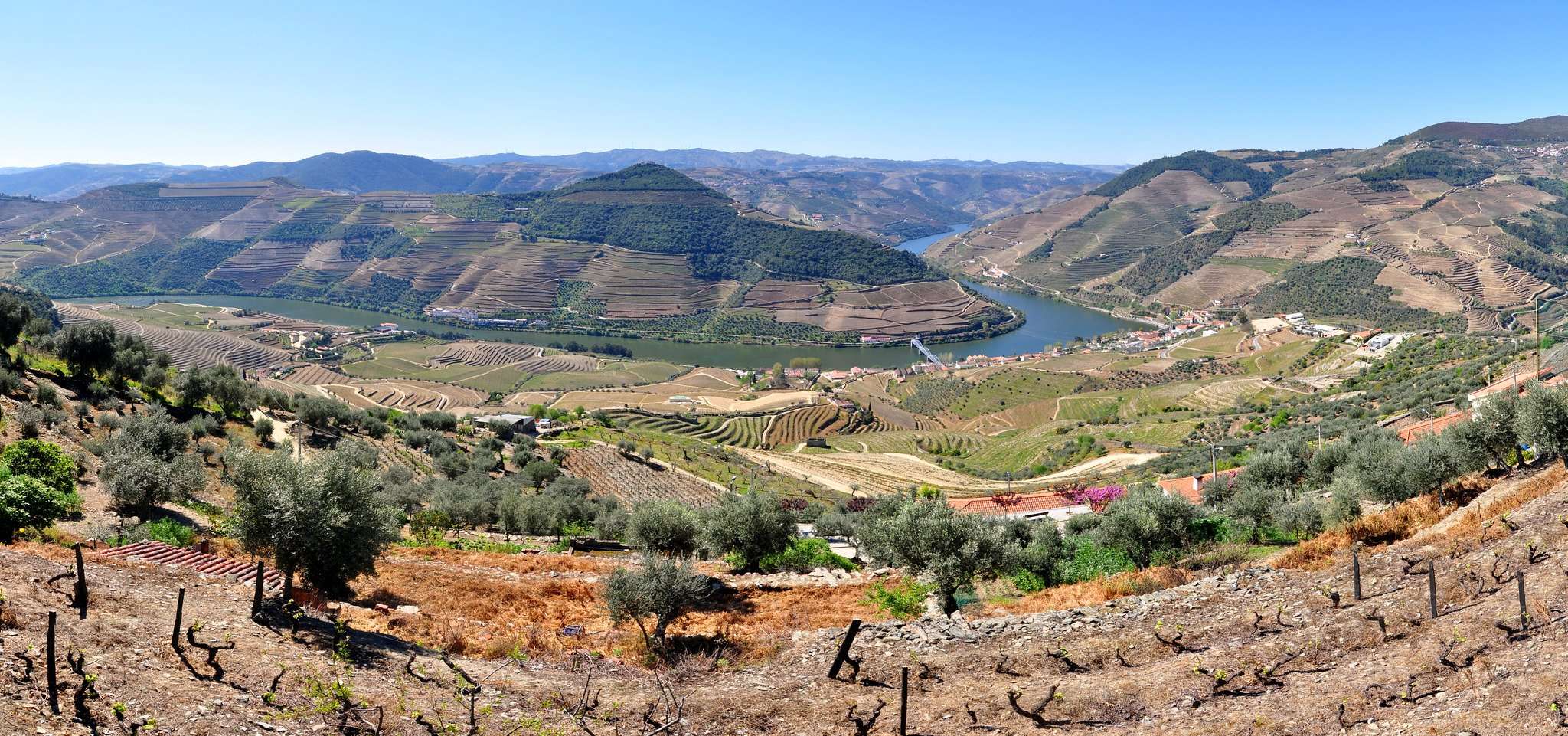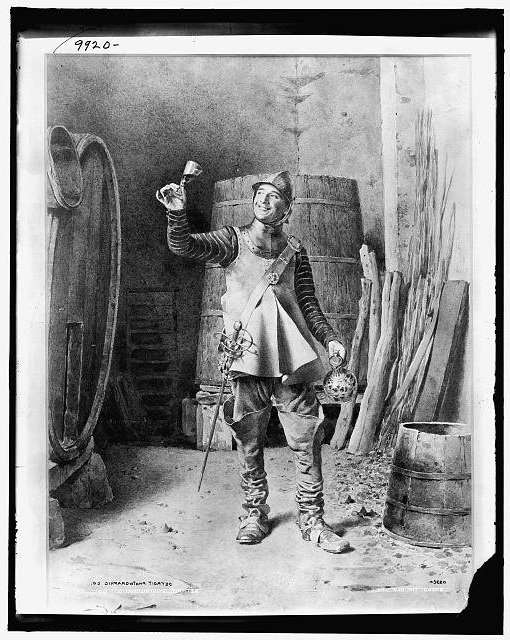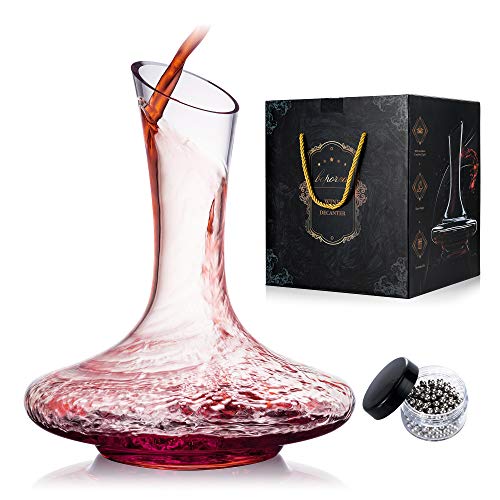
The world of Port doesn’t really do itself any favors by having so many similar sounding styles. But understanding the difference between two classics – Late Bottled Vintage and Vintage – is worth knowing.
Late Bottled Vintage (LBV) and Vintage Ports are different. LBVs age 4-6 years and are ready to drink. Vintages age up to 3 years before bottling and age for decades. Vintage Port is the most expensive, high-quality Port for collectors. LBV Ports are good, mid-quality Ports that collectors drink daily.
Here’s a rundown of the differences between Vintage vs Late Bottled Vintage Port.
- What’s the Difference Between Vintage and Late Bottled Vintage Port?
- Where Is LBV and Vintage Port From?
- LBV vs Vintage Port – Taste Similarities
- LBV Port vs Vintage Port – Taste Differences
- Vintage Port versus LBV Port – Which Can Age Longer?
- Late Bottled Vintage Port versus Vintage Port – Which Costs More?
- Vintage Port vs LBV Port – Which Port Needs Decanting?
- LBV and Vintage Port – Serving Temperature
- LBV vs Vintage Port – Wine Glasses
- Vintage Port versus Late Vintage Port – Food Pairing
- Thirsty for More?
What’s the Difference Between Vintage and Late Bottled Vintage Port?
Where Is LBV and Vintage Port From?

All Port wines, regardless of style, come from the Duoro Valley region of northern Portugal. The grapes used for Vintage and Late Bottled Vintage Ports wines come from vineyards that produce good quality grapes. Port wines, including LBV and Vintage Ports, are always a blend of grape varieties and different vineyard blocks.
Fun Wine Fact: A key difference between Late Bottled Vintage Port and Vintage Port wines and most other styles of Port wines is that the grapes for Vintage and LBV wines come from a single harvest season. This is why you see the word “vintage” in their names. Most styles of Port are blends of wines made from grapes grown in different years.
Helpful Tip: If you’re just interested in Vintage Port, then go check out this post.
LBV vs Vintage Port – Taste Similarities
As you can see, Vintage and LBV Port share many similarities. They are both high alcohol, sweet, full-bodied Portuguese fortified red wines. They taste like purple and black fruit, including blackberry, bramble, black plum, cherry, and strawberry. These two wines will have a purple floral note, like violet or lavender. You can also expect to taste some coinfected flavors, like licorice or chocolate.
LBV Port vs Vintage Port – Taste Differences
Vintage Ports are only made in exceptional years with the highest-quality grapes. They’re destined for wines that can age for decades. This means that your Vintage Port will have greater flavor concentration, hitting your mouth with a burst of fruit. This isn’t to say that LBV Ports aren’t flavorful, just that they’re not at the same level as Vintage Port wines.
Aged wines have dried fruit qualities, like dried cherry or dried plum, so expect the fruit to have a dried quality to it in your Vintage Port.
LBV Ports are mostly made in a youthful style with a young, fresh fruit profile.
You’ll taste juicy cherry or blackberry flavors in your LBV Port instead of dried fruit qualities.
Vintage Port versus LBV Port – Which Can Age Longer?

Vintage Ports can age longer than Late Bottled Vintage Port wines. Vintage Ports are bottled after 3 years in the winery and are intended to be aged for decades in their bottles. LBV Ports age a minimum of 4 years and a maximum of 6 at the winery before release, but most styles are ready to drink when you buy them.
Helpful Tip: Always keep wines that you want to age in a cool, dark place with a consistent temperature (For the love of everything that’s beautiful and pure about wine, don’t store your bottles in your kitchen!).
Late Bottled Vintage Port versus Vintage Port – Which Costs More?
Vintage Port wines cost more than LBV Port wines thanks to their exceptional quality. Expect to pay between $20-$30 USD for a bottle of Late Bottled Vintage Port, which makes it an affordable luxury. In comparison, a Vintage Port can cost upwards of $80-$180 USD.
Vintage Port vs LBV Port – Which Port Needs Decanting?
You will need to decant Vintage Ports. They age for decades and develop thick sediment in the bottle. Most LBV Ports don’t need decanting. They’re already aged and filtered and ready to drink.
If you have an unfiltered style or see “bottle matured” on the label, then you may want to decant to remove any sediment and allow the wine to breathe.
Here’s a standard style decanter that has a functional design and is easy to clean (my favorite kind of decanter):
LBV and Vintage Port – Serving Temperature
Serve LBV Port at a slightly cooler temperature: 16-18°C (60-65°F). This will enhance its fruitiness, sweetness, and smoothness. Serve Vintage Port at a warmer ]temperature of 18-20°C (65-68°F) to fully unlock its complex flavors and aromas.
Of course, taste preferences vary, and you can always adjust the serving temperature to your liking.
LBV vs Vintage Port – Wine Glasses
True Port lovers will use special Vintage Port glasses that are slightly smaller than regular Port glasses. They’re around 2-3 oz (60-90 ml). The smaller size concentrates the flavors and aromas. Regular Port glasses are around 3.5-4.5 oz (100-130 ml).
Helpful Tip: Here’s a rundown of what wine glasses you should be using when drinking Port wines (and also creative substitutes if you don’t have a full wine bar).
Vintage Port versus Late Vintage Port – Food Pairing

Both Vintage and LBV Port wines have enough flavor intensity to pair with a range of foods. Of course, you can always sip them solo as an after-dinner treat!
Here are a few ideas to get you started:
5 Winning Vintage Port Pairings
- Spicy BBQ ribs
- Mushroom risotto
- Roast duck
- Grilled eggplant with feta cheese
- Caramelized onion tart
5 Delightful Late Bottled Vintage Port Pairings
- Blue cheese
- Dark chocolate
- Lamb chops
- Seared foie gras
- Salted caramel desserts
Honest Confession: Both pairing lists can be interchanged if you’re feeling it. The flavor profile of both LBV and Vintage Ports lend themselves to these rich, unctuous, salty-sweet dishes.
Thirsty for More?
Here’s a better post that goes into how Port wines are made (in detail – because I know you’re curious).
Curious about Late Bottled Vintage Port? Head over to this post for an in-depth overview of LBV Port wine.
Still exploring the different styles of Port wine? Here’s Ruby Port vs Tawny Port.
You may be interested in this post on how to pick out a good fortified wine.
And here’s a great overview of the 10 types of fortified wines – all worth exploring!




